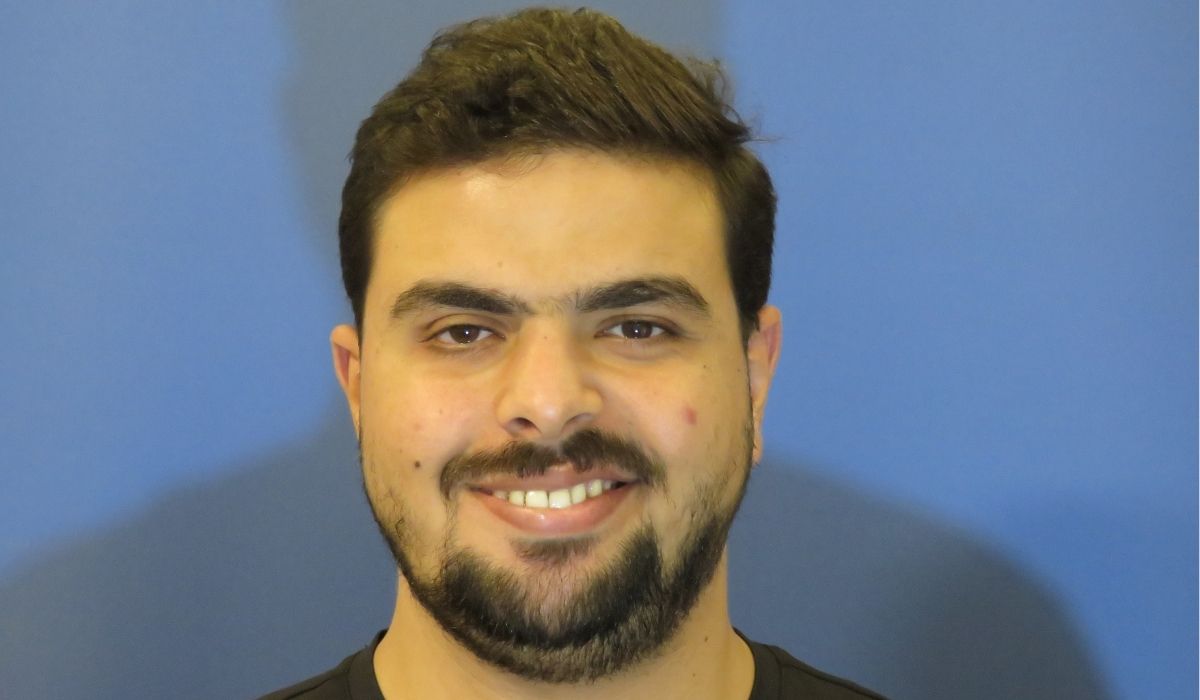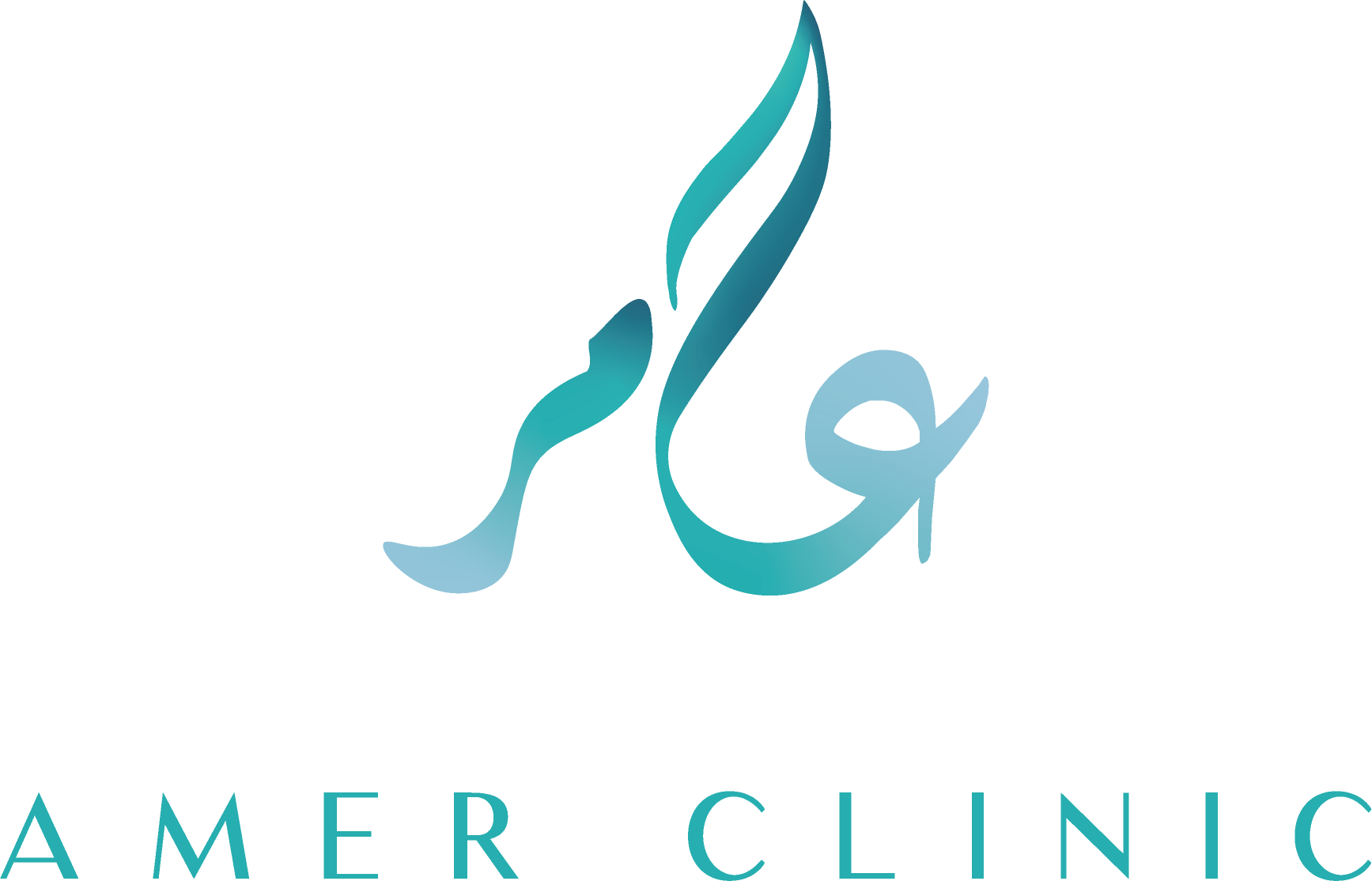
Understanding Facial Paralysis

Causes of Facial Paralysis
Facial paralysis can occur due to multiple reasons, ranging from neurological disorders to trauma and congenital conditions. Common causes include:
-
Bell’s Palsy (the most frequent cause, often temporary but sometimes permanent)
-
Trauma or injury to the facial nerve
-
Stroke affecting motor control
-
Tumors impacting the cranial nerves
-
Congenital facial palsy present at birth
-
Infections such as Lyme disease or viral attacks
Symptoms and Challenges
Patients with facial paralysis may face:
-
Drooping of one side of the face
-
Difficulty closing the eye or blinking
-
Slurred speech or difficulty pronouncing certain sounds
-
Inability to smile or show facial expressions
-
Challenges with eating or drinking due to weakened muscles
-
Emotional distress and social withdrawal
Why Specialized Care Matters
Treating facial paralysis requires highly specialized expertise. Unlike general plastic surgery, this field demands:
-
Deep knowledge of neuroanatomy
-
Skill in microsurgical techniques
-
Understanding of both functional and aesthetic restoration
-
A multidisciplinary approach including speech therapists, physiotherapists, and psychologists
Dr. Tarek Amer brings this rare combination of skills, ensuring patients not only regain muscle function but also restore their confidence and emotional well-being.
Amer Facial Paralysis Center: A Hub for Innovation
At the heart of Cairo, Egypt, the Amer Facial Paralysis Center stands as a beacon of hope for patients from around the world. The center is equipped with:
-
State-of-the-art surgical facilities
-
A team of multidisciplinary specialists
-
A comprehensive diagnosis and rehabilitation program
-
Comfortable patient-centered spaces designed to reduce anxiety
Unlike standard clinics, the center provides personalized treatment plans, ensuring each case is addressed with precision and compassion.
Diagnosis and Evaluation
The journey of recovery begins with accurate diagnosis. At Amer Facial Paralysis Center, every patient undergoes a comprehensive evaluation that includes:
-
Detailed medical history – identifying the onset, possible causes, and progression of paralysis.
-
Physical examination – assessing symmetry, movement, and involuntary muscle contractions.
-
Electromyography (EMG) – measuring electrical activity of facial muscles.
-
Imaging tests (MRI / CT scans) – detecting nerve damage, tumors, or vascular issues.
-
Functional assessment – evaluating impact on speech, swallowing, and emotional expression.
This holistic assessment allows Dr. Tarek Amer and his team to design a tailored treatment plan, recognizing that no two cases of facial paralysis are the same.
Treatment Approaches
Treatment of facial paralysis depends on the cause, severity, and duration of the condition. At Dr. Tarek Amer’s clinic, the approach combines advanced surgical methods with non-invasive therapies, ensuring patients receive the most effective and safest care.
1. Non-Surgical Treatments
-
Physical therapy: Exercises to maintain muscle tone and prevent stiffness.
-
Massage therapy: Improves circulation and reduces muscle tightness.
-
Electrical stimulation: Encourages neural pathways to reconnect.
-
Speech therapy: Helps patients improve articulation and oral function.
These are especially useful for early cases of Bell’s Palsy or partial paralysis.
2. Surgical Techniques
When non-surgical options are insufficient, surgery becomes essential. Dr. Tarek Amer is renowned for his precision microsurgery that restores both function and aesthetics.
Nerve Decompression
-
Reduces pressure on the facial nerve.
-
Often used for cases caused by inflammation or trauma.
Nerve Grafting
-
Uses donor nerves (often from the leg or neck) to replace damaged sections of the facial nerve.
-
Effective in restoring partial movement.
Nerve Transfer
-
Healthy nerves (e.g., hypoglossal or masseteric nerves) are re-routed to reanimate facial muscles.
-
Provides significant improvement in smiling and eye closure.
Cross-Facial Nerve Graft
-
Connects the healthy side of the face to the paralyzed side using nerve grafts.
-
A staged procedure that allows symmetrical reanimation.
3. Dynamic Muscle Transfer
For long-standing paralysis where muscles have atrophied, dynamic muscle transfer becomes the gold standard.
-
Gracilis free muscle transfer: A segment of muscle from the thigh is transplanted to the face and reconnected to nerves and blood vessels.
-
This restores voluntary smiling, one of the most life-changing outcomes for patients.
Dr. Amer’s expertise in microsurgery ensures high success rates in such complex procedures.
4. Adjunct Therapies
Beyond surgery, additional therapies help refine results:
-
Botulinum toxin (Botox): Reduces synkinesis (involuntary movements).
-
Fillers and fat grafting: Improve symmetry and facial contour.
-
Eyelid weights or canthoplasty: Protect the eye and improve closure.
These procedures balance function and aesthetics, giving patients a more natural appearance.
Post-Surgical Rehabilitation
Surgery is not the end—it is the beginning of recovery. At Amer Facial Paralysis Center, rehabilitation is central to success.
Physiotherapy
Daily exercises help strengthen new nerve-muscle connections.
Mirror Therapy
Patients practice expressions in front of mirrors to retrain brain-muscle coordination.
Biofeedback
Electronic monitoring provides real-time feedback, accelerating muscle retraining.
Psychological Support
Counseling sessions help patients cope with emotional and social impacts.
The Role of Multidisciplinary Teams
Treating facial paralysis goes beyond surgery. That’s why Dr. Amer’s team includes:
-
Plastic surgeons specializing in microsurgery
-
Neurologists for nerve-related assessments
-
Physiotherapists for rehabilitation
-
Speech and swallowing therapists
-
Psychologists for emotional well-being
This collaboration ensures a 360° care model, addressing both the medical and human aspects of recovery.
Conclusion: Restoring Smiles, Restoring Lives
Facial paralysis is more than a physical condition—it is an emotional journey. At Amer Facial Paralysis Center, under the guidance of Dr. Tarek Amer, patients are not only treated with advanced medical techniques but also supported with human compassion and holistic care.
From diagnosis to rehabilitation, every step is designed to help patients regain function, beauty, and confidence. With innovative surgical approaches, personalized rehabilitation, and emotional support, Dr. Amer has become a global leader in facial paralysis treatment.
A restored smile is more than a facial expression—it is the return of joy, identity, and life.
Are you or a loved one struggling with facial paralysis? Don’t let it define your life. At Amer Facial Paralysis Center, we combine world-class expertise with compassionate care to restore your smile and confidence.
